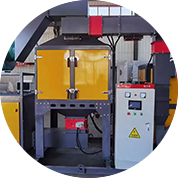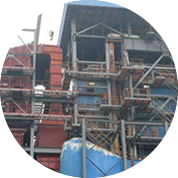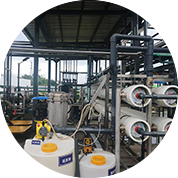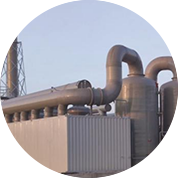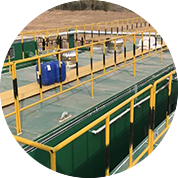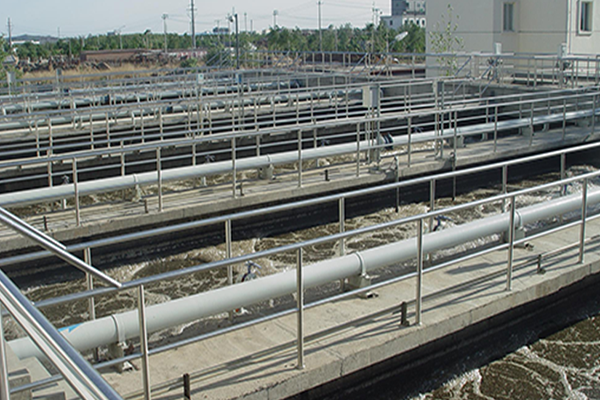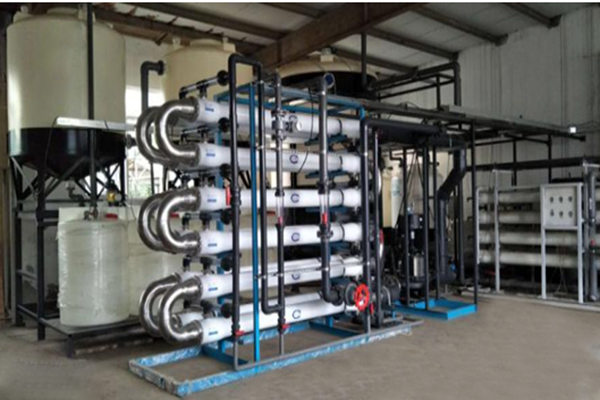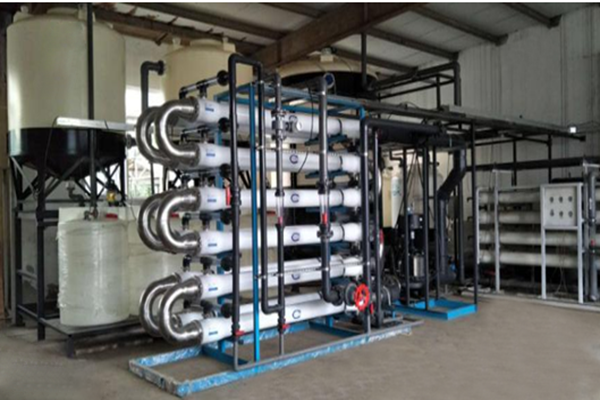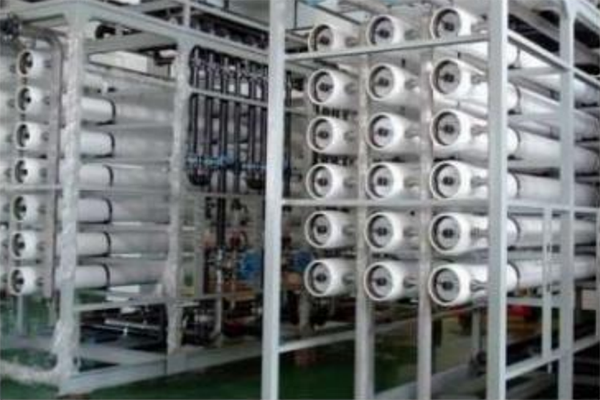
Welcome to Ruiming Environment!
News
 Hotline
Hotline
MBBR process processing shortcomings and application prospects!
Although MBBR has been promoted in China for more than 10 years and has made some achievements, there are still some problems that need further study.
Firstly, floating carrier fluidization is still a qualitative concept and lacks quantitative parameters. Fluidization uniformity can only be identified by the naked eye, which increases the difficulty of incorporating MBBR into the automatic control system. Scholars explain fluidization by using concepts such as aeration intensity, gas-water ratio, minimum fluidization aeration rate and complete fluidization aeration rate, but they are not widely applicable. Secondly, fluidization of suspended carrier. For aerobic zone, it belongs to multiphase flow of gas, liquid, solid (carrier) and solid (sludge), so hydraulic simulation is difficult and the establishment of hydraulic model is lacking. Third, the dynamic relationship of the mud film in the mud film composite process needs to be further understood to match the optimal control scheme under different circumstances to achieve energy saving and consumption reduction on the basis of water quality stability. Fourthly, some sewage plant pretreatment facilities are not perfect, fiber shavings, sand and stone are a threat to the suspension packing interception screen, although the MBBR system design takes these into full consideration, and through the optimization of hydraulic conditions to prevent screen blocking or damage, but any measures can be achieved under the given conditions, once the water scope exceeds the design expectations, May cause the screen wear increased geometric growth, resulting in screen life is not as expected, full investigation of water, and further study of screen material, durable material or reasonable wall thickness, is the problem that needs attention in the project; Fifth, MBBR is an interdisciplinary subject involving hydraulics, microbiology and materials science. The fluidization control of hydraulics, colony characteristics of microbiology and carrier material of materials science all need further study. The understanding of suspended carrier biofilm, from macro biofilm thickness and biomass to micro microbial colonies and membrane hanging mechanism, needs to be further explored, and the understanding of the nature of the process needs to be further deepened. However, the characteristics of MBBR, such as microbial selectivity and process Mosaic, make MBBR can be used as the carrier and engineering platform of new technology, and has a broad application prospect. After upgrading the sewage plant, the next goal and efficiency improvement is energy saving and consumption reduction, and the typical processes with energy saving and consumption reduction, such as SND, DPB[51], ANAMMOX, etc., can be used as the loading platform for related microorganisms. SND has been stably controlled and realized in optimized operation. As for the realization of DPB, no matter A2/N or UCT, MBBR can be used as the carrier of nitrifying bacteria to release sludge age and create conditions for the realization of DPB. In a Qingdao sewage plant, the removal rate of TP in anoxic zone is more than 80%; when the influent TP is 6-8mg/L, the concentration of TP in anaerobic zone reaches about 15mg/L; when the concentration of TP in anoxic zone is less than 1.0mg/L; and the removal rate of phosphorus in biochemical section is more than 90%. The core of autotrophic nitrogen removal processes, such as ANAMMOX or CANON, is autotrophic bacteria. Autotrophic bacteria have low growth rate and are easy to be lost. Therefore, immobilization technology is needed to avoid its shortcomings and realize engineering application. The results show that the TN removal load of the pilot reactor using MBBR is more than 1.2kgN/m3/d. In other studies, the CANON process was pilot-started with the digestive fluid of a sewage plant in Qingdao, and the effective pool capacity was 20m3. Using the pure membrane MBBR process, the TN removal load of the system exceeded 1.25kgN/m3/d, and the system has been running steadily for more than 500d. However, both SND and CANON take advantage of the characteristics of layered distribution of biofilms to enrich microbial communities with different biochemical characteristics, which is critical to the control of biofilm thickness, hydraulic shear strength and DO level, and is the core factor for success. In addition, membrane pollution and blockage are the core problems in a large number of applications of MBR. The most important reason is that MBR aims to enrich higher sludge concentration to improve treatment effect, and higher sludge concentration is the direct cause of membrane pollution. Some scholars adopted the MBBR-MBR process to improve the treatment efficiency, reduce the sludge concentration in the reactor, delay the membrane pollution, and obtained good results.
- More > Discussion on waste gas treatment technology of lithium battery recovery
- More > Common treatment process scheme of deodorizing waste gas
- More > Economic comparison between TO direct combustion furnace and RTO incinerator
- More > Introduction to common waste gas treatment technology
- More > Biochemical treatment of wastewater
Shenzhen Ruiming Environmental Technology Co., Ltd.
-
 Phone:13823530689
Phone:13823530689 -
 E-mail:[email protected]
E-mail:[email protected] -
 Phone:0755-86208689
Phone:0755-86208689 -
 Address:Building 47, Xinwei Village, Xili Street, Nanshan District, Shenzhen
Address:Building 47, Xinwei Village, Xili Street, Nanshan District, Shenzhen Copyright © 2022 Building 47, Xinwei Village, Xili Street, Nanshan District, Shenzhen All Rights Reserved.
 Tik Tok
Tik Tok
 Public number
Public number
Hotline:13823530689

